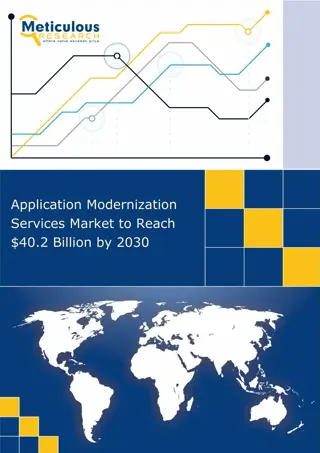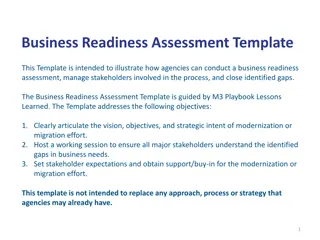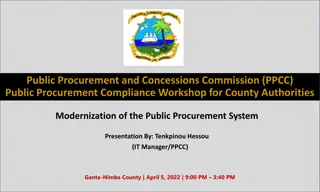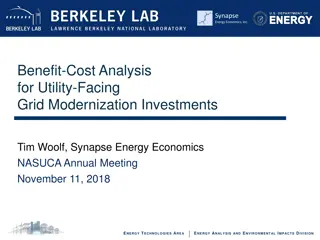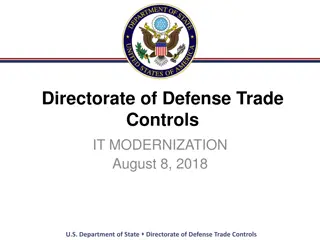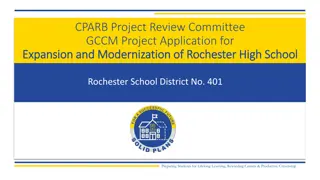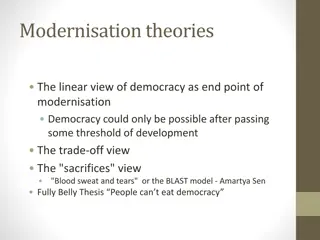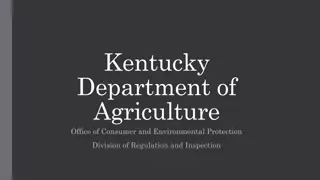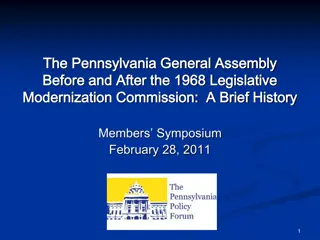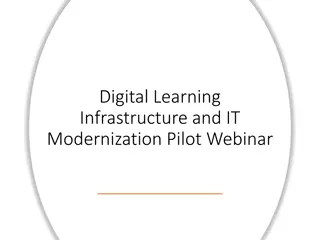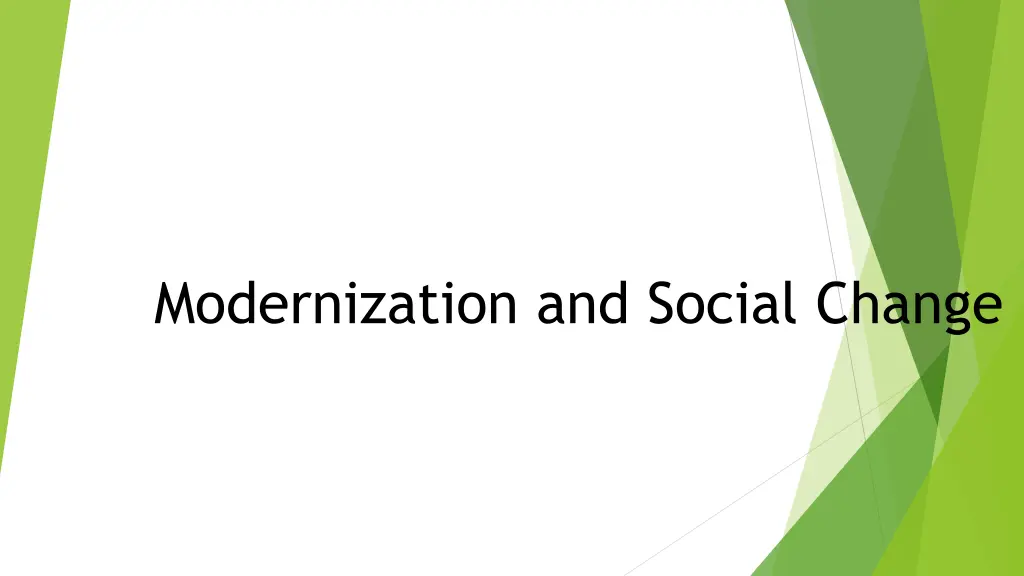
Understanding Modernization and Social Change: Theoretical Perspectives
Explore the concept of modernization and social change, from the transition of traditional societies to modern industrial societies. Discover Modernization Theory, contrasting Marxist and Capitalist perspectives, and Rostow's Stages of Economic Growth. Unravel the impact of early theories influenced by the Cold War era, shedding light on economic development, social change, and the path to modernity.
Download Presentation

Please find below an Image/Link to download the presentation.
The content on the website is provided AS IS for your information and personal use only. It may not be sold, licensed, or shared on other websites without obtaining consent from the author. If you encounter any issues during the download, it is possible that the publisher has removed the file from their server.
You are allowed to download the files provided on this website for personal or commercial use, subject to the condition that they are used lawfully. All files are the property of their respective owners.
The content on the website is provided AS IS for your information and personal use only. It may not be sold, licensed, or shared on other websites without obtaining consent from the author.
E N D
Presentation Transcript
What is Modernization? Modernization, transformation from a traditional, rural, agrarian society to a secular, urban, industrial society. in sociology, the
Modern society is industrial society. To modernize a society is, first of all, to industrialize it. Historically, the rise of inextricably linked with the emergence of industrial society. All the features with modernity can be shown to be related to the set of changes that, no more than two centuries ago, brought into being the industrial type of society. This suggests that the terms industrialism and industrial society imply far more technological components that make up their core. Industrialism is a way of life that encompasses profound economic, social, political, and cultural changes. It is by undergoing the comprehensive industrialization that societies become modern. modern society has been that are associated than the economic and transformation of
Modernization Theory Modernization theory is a theory used to explain the process of modernization that a nation goes through as it transitions from a traditional society to a modern one.
Marxist Versus Capitalist Early theories were greatly affected by the political climate between the United States and the Soviet Union. During the Cold War era (1947-1991), two versions of modernization theory were prominent. Marxist The Marxist theory of modernization theorized that as nations developed, adopting a communist approach to governing, such as eradicating private property, would end conflict, exploitation, and inequality. Economic development and social change would lead developing nations to develop into a society much like that of the Soviet Union.
Capitalist The modernization developed, economic development and social change would lead modernization theorists of the time, such as W. W. Rostow, argued that when societies transitioned from traditional societies to modern societies, they would follow a similar path. They further theorized that each developing country could be placed into a category or stage of development. capitalist version that of theorized as nations to democracy. Many
Modernization Theory Rostow s Stages of Economic Growth Stage 1 Traditional Society The economy is dominated by subsistence activity. Output is consumed by producers; it is not traded. Trade is barter where goods are exchanged directly for other goods. Agriculture is the most important industry. Production is labour intensive using only limited quantities of capital. Technology is limited, and resource allocation is determined very much by traditional methods of production.
Stage 2 Transitional Stage (Preconditions for Takeoff) Increased trading. infrastructure to support trade. Entrepreneurs emerge as incomes, savings and investment grow. External trade also occurs concentrating on primary products. A strong central government enterprise. specialization There is generates emergence surpluses of a for an transport encourages private
Stage 3 Take Off Industrialization increases with workers switching from the agricultural sector to the manufacturing sector. Growth is concentrated in a few regions of the country and within one or two manufacturing industries. The level of investment reaches over 10% of GNP. People save money. The economic transitions are accompanied by the evolution of new political and social institutions that support industrialization. The growth is self-sustaining as investment leads to increasing incomes in turn generating more savings to finance further investment.
Stage 4 Drive to Maturity The economy is diversifying into new areas. Technological innovation is providing a diverse range of investment opportunities. The economy is producing a wide range of goods and services and there is less reliance on imports. Urbanization Technology is used more widely. increases.
Stage 5 High Mass Consumption The economy is geared towards mass consumption, and the level of economic activity is very high. Technology is extensively used but its expansion slows. The service sector becomes increasingly dominant. Urbanization is complete. Now, multinationals emerge. Income for large numbers of persons transcends basic food, shelter and clothing. Increased interest in social welfare.




